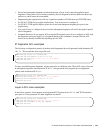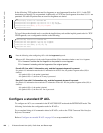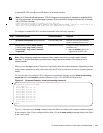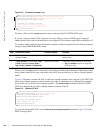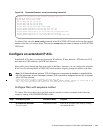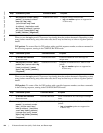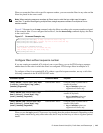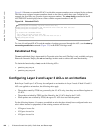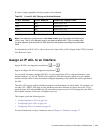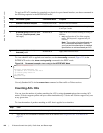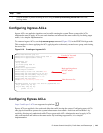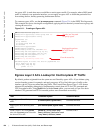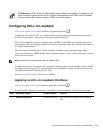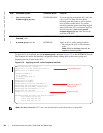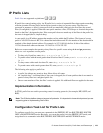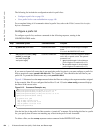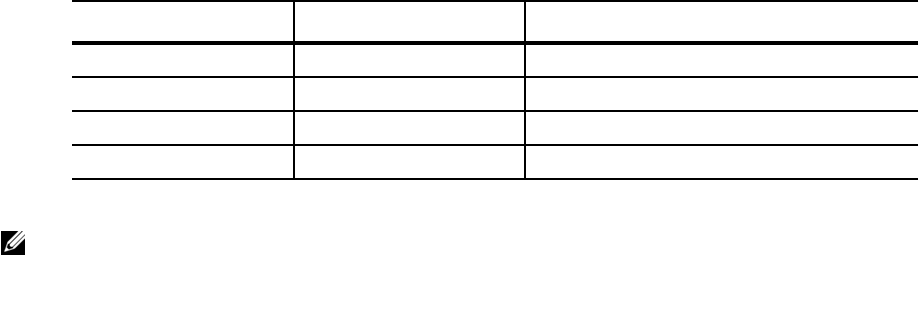
IP Access Control Lists (ACL), Prefix Lists, and Route-maps | 147
If a rule is simply appended, existing counters are not affected.
For information on MAC ACLs, refer to the Access Control Lists (ACLs) chapter in the FTOS Command
Line Reference Guide.
Assign an IP ACL to an Interface
Ingress IP ACLs are supported on platforms: c and s
Ingress and Egress IP ACL are supported on platform:
e
To pass traffic through a configured IP ACL, you must assign that ACL to a physical interface, a port
channel interface, or a VLAN. The IP ACL is applied to all traffic entering a physical or port channel
interface and the traffic is either forwarded or dropped depending on the criteria and actions specified in
the ACL.
The same ACL may be applied to different interfaces and that changes its functionality. For example, you
can take ACL "ABCD", and apply it using the
in keyword and it becomes an ingress access list. If you
apply the same ACL using the
out keyword, it becomes an egress access list. If you apply the same ACL to
the loopback interface, it becomes a loopback access list.
This chapter covers the following topics:
• Configuring Ingress ACLs on page 149
• Configuring Egress ACLs on page 149
• Configuring ACLs to Loopback on page 151
For more information on Layer-3 interfaces, refer to Chapter 13, Interfaces, on page 47.
Table 8-2. L2 and L3 ACL Filtering on Switched Packets
L2 ACL Behavior L3 ACL Behavior Decision on Targeted Traffic
Deny Deny Denied by L3 ACL
Deny Permit Permitted by L3 ACL
Permit Deny Denied by L2 ACL
Permit Permit Permitted by L2 ACL
Note: If an interface is configured as a “vlan-stack access” port, the packets are filtered by an
L2 ACL only. The L3 ACL applied to such a port does not affect traffic. That is, existing rules
for other features (such as trace-list, PBR, and QoS) are applied accordingly to the permitted
traffic.



